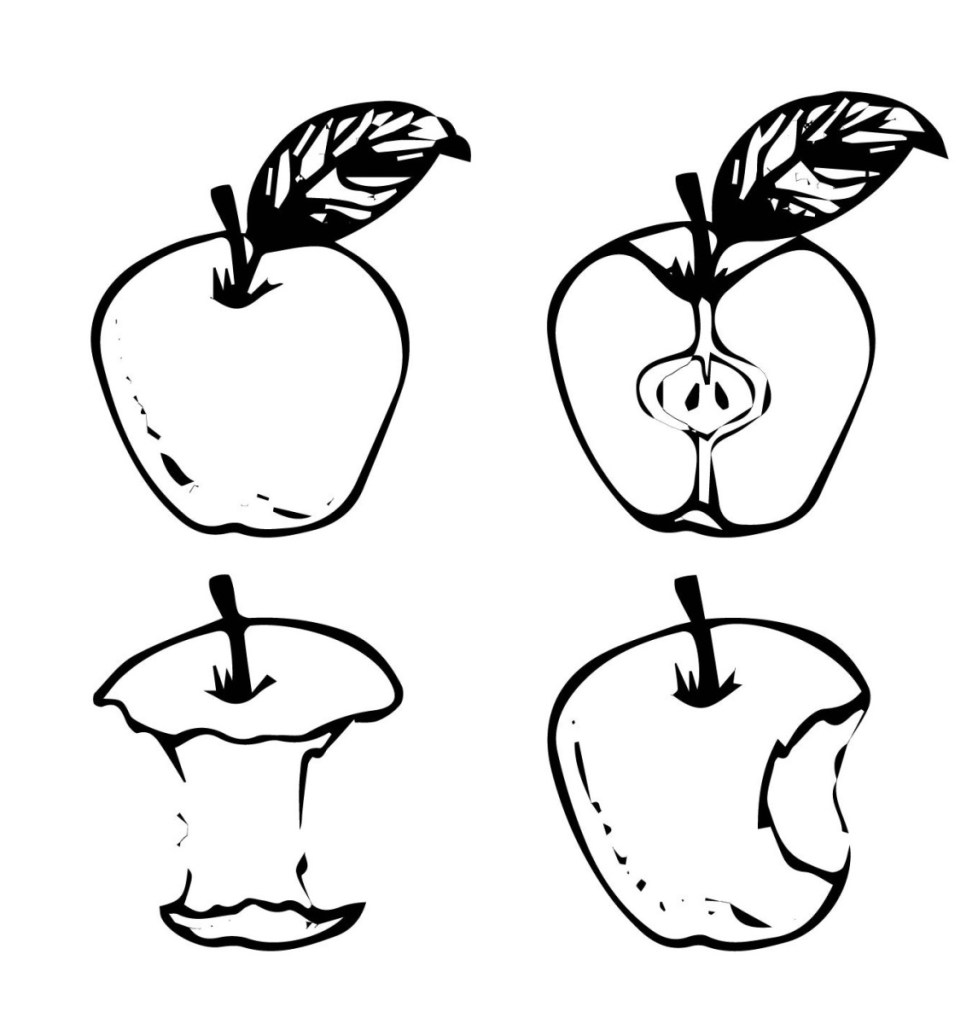The story of the apple is our story, too. It is a fruit that depends on people for transit and dispersal – the Vikings or nomads of the plant kingdom.
The apple originated in the central Asian nation Kazakhstan, hitching rides with travelers and caravans, eventually spreading itself around the world. It would become one of the first crops planted on purpose by settlers arriving in a new region. Though it took a while to establish, the apple was the source of ingredients vital to a frontier life: the earliest sugar and alcohol. Perhaps they’re the same thing.
Henry David Thoreau once said, “It is remarkable how closely the history of the apple tree is connected with that of man.”
And one man is associated with North American apples: John Chapman, also known as “Johnny Appleseed.” He is the stuff of lore and legend and, of course, as American as apple pie. His name and apple distribution ventured west from Ohio in 1806 along the water routes followed when the country was young and the West was where you went.
In “The Botany of Desire,” Michael Pollan gives us a unique apple fact and clinches our family ties. The seeds secreted in the apple’s five-chamber heart contain “the genetic instructions for a completely new and different apple tree, one that, if planted, would bear only the most glancing resemblance to its parents. If not for grafting – the ancient technique of cloning trees – every apple in the world would be its own distinct variety, and it would be impossible to keep a good one going beyond the lifespan of that particular tree. In the case of the apple, the fruit nearly always falls far from the tree.”
We bend the apple to our will, such is the craving for its fruits. Or is it bending us to its needs? It did manage to hitch a ride from Kazakhstan, after all.
Though I may not hand pick every apple that will be used to make our cider or bake pies, it is good to have had the experience – to know the feel of the apple picker; to know that John Chapman is the father of our feast; to know that each apple tree is an Ur-proposition of the meaning of “apple” (just as we are in our family trees); and to celebrate the reminder of the story of our domestication of the land, the interruption of forests and settlement that included orchards.
And sugar, pie and cider.
I’ve been watching my two heirloom trees out front, their branches bent and plump with this year’s pies and applesauce – simple seasonal pleasures and bounty. Every other year it is Applepalooza in my field. I’m in favor of a Johnny Appleseed Day.
Send questions/comments to the editors.



Comments are no longer available on this story